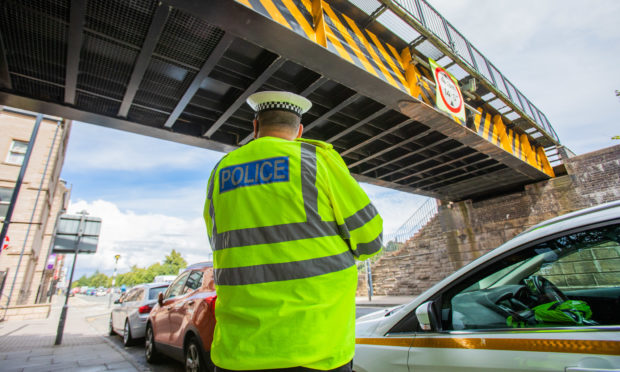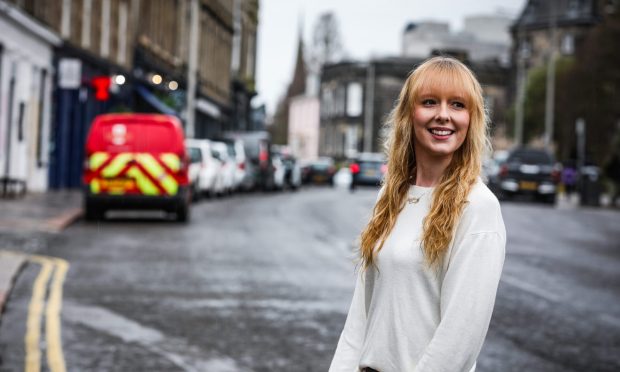A spate of lorry crashes in Perth has cost rail passengers nearly a day’s worth of delays, a new study has revealed.
The city’s railway crossing on Tay Street has emerged as one of the most struck bridges in Scotland.
It has been hit by HGVs and other vehicles a total of 17 times in the last five years, causing delays of 1,412 minutes.
In August last year, a lorry ploughed into the 14ft high parapet, causing major disruption to train services across Scotland.
Perth and Kinross Council has insisted its warning signs meet high safety standards. Officials have blamed “driver error” for the accidents.
A spokeswoman said: “Signage at the railway bridge at Tay Street in Perth meets with regulation and is subject to routine inspections only.
“There are three signs directly before the bridge on each approach and several others warning of the bridge height restriction well in advance.
“This is further supplemented by the use of yellow and black chevrons on the bridge. Accidents at the bridge are caused by driver error.”
Figures obtained by the Scottish Conservatives from Network Rail show the Tay Street bridge is the fourth worst in Scotland for delays caused by road accidents.
Local MSP Murdo Fraser described the findings as “shocking”.
He said: “These incidents are a real hindrance to rail passengers who are forced to wait while the damage is cleared up and they could easily have been prevented.
“There are clear warning signs letting lorry and bus drivers know of the height restrictions of rail bridges, but we see here they have been ignored with the bridge at Tay Street being hit 17 times in five years.”
Liz Smith, MSP for Mid Scotland, said she was appalled by the figures.
“Rail passengers travelling to and from Perth suffer enough with a poor service due to trains being cancelled and the lengthy time of their journey – this is just the straw that broke the camel’s back,” she said.
She said: “It means rail passengers are being inconvenienced by these incidents which should not be taking place in the first place.”
The most struck railway bridge in Scotland is on the A73 near Motherwell, which was hit 50 times since 2013.
A crossing on the A937 at Hillside, near Montrose, was hit 12 times.










